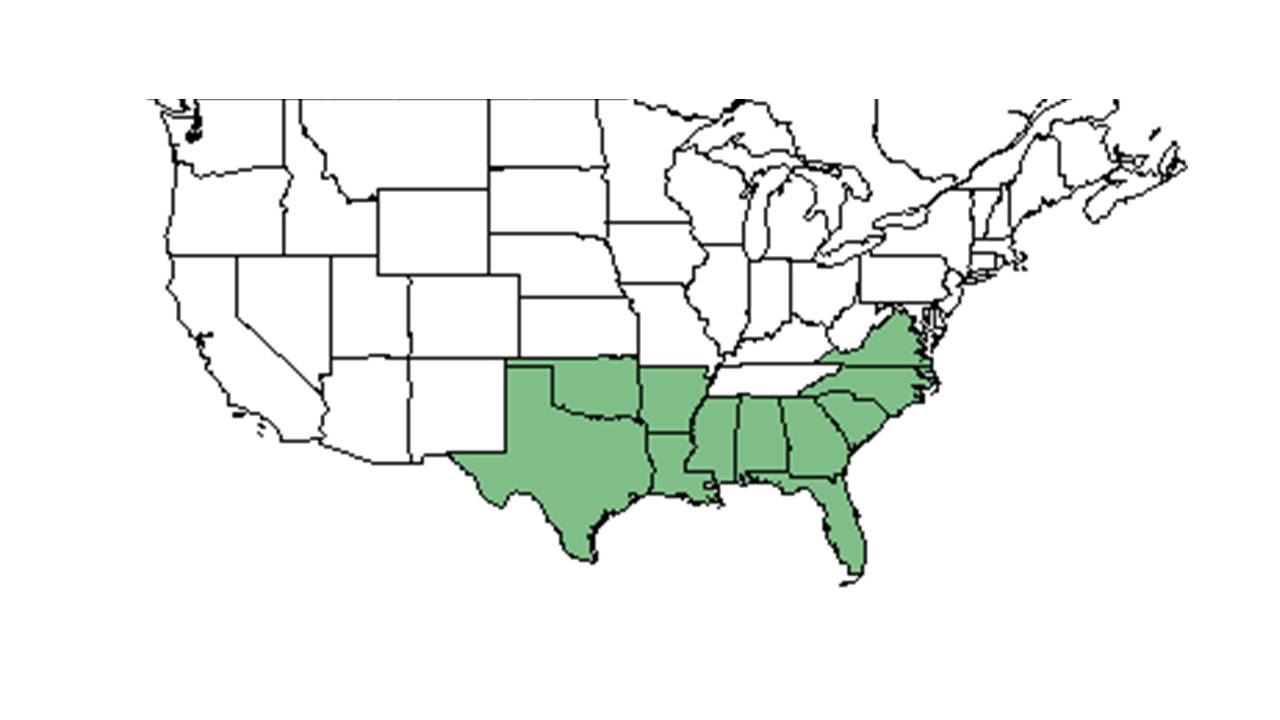Viola villosa
| Viola villosa | |
|---|---|
Error creating thumbnail: Unable to save thumbnail to destination
| |
| Scientific classification | |
| Kingdom: | Plantae |
| Division: | Magnoliophyta – Flowering plants |
| Class: | Magnoliopsida – Dicotyledons |
| Order: | Violales |
| Family: | Violaceae |
| Genus: | Viola |
| Species: | V. villosa |
| Binomial name | |
| Viola villosa Walter | |

| |
| Natural range of Viola villosa from USDA NRCS Plants Database. | |
Common name: Carolina violet
Contents
Taxonomic notes
Description
"Herbaceous, rhizomatous or stoloniferous perennials, or winter annuals. Leaves crenate or crenate-serrate, dissected, lobed or unlobed; petiolate; stipules conspicuous. Flowers zygomorphic, peduncles directly from the rhizome (acaulescent) or peduncles axillary (caulescent). Chasmogamous flowers with lateral petals often bearded, lower petal spurred; anthers usually seated in the throat, orange appendages conspicuous, lower stamens spurred; spurs fitting in to the spur of the corolla; styles usually clavate, variously shaped at the apex. Dates for Viola, except V. pedata, are for Chasmogamous flowering only, cleistogamous flowering and fruiting commence shortly after chasmogamous flowering and continues until frost. Hybrids are so numerous in this genus that space is not taken to list them." - Radford et al 1964
"Plant acaulescent; rhizome elongate, stocky, usually more than 4 mm in diam., horizontal. Leaves evergreen, often lying flat on the ground, ovate to reniform, 2.5-7.5 cm long, crenate, densely pubescent on both surfaces, cordate; petioles 1-10 cm long, short pubescent; stipules membranous, lanceolate, to 1.5 cm long, entire to fimbriate, the fimbrillae often gland-tipped. Peduncles pubescent, usually shorter than the leaves, flowers mostly hidden. Chasmogamous flowers 1.5-2 cm broad, petals mostly directed forward, so that they rarely appear fully opened, bluish, lateral and spurred petals bearded; sepals 5-7 mm long, obtuse, deeps in the throat of the flower; style clavate. Cleistogamous flowers on short to 4 cm long, erect peduncles; sepals 3-5 mm long, obtuse, auricles to 1.5 mm long. Capsule 8-10 mm long, glabrous. Seeds dark brown, 1.6-1.8 mm long." - Radford et al 1964
Distribution
Ecology
Habitat
In the Coastal Plain in Florida and Georgia, V. villosa has been found in sandy soil in a semi-open area under oak and pine; upper slopes bordering a small stream; open pine woodlands; sandy loam under mature loblolly pines; sandy loam in short leaf pine (FSU Herbarium). It has been found in disturbed habitats such as centipede lawns, cemeteries, and roadsides. It is associated with Viola esculenta (FSU Herbarium).
Phenology
It flowers and fruits February and March (FSU Herbarium).
Seed dispersal
Seed bank and germination
Fire ecology
Pollination
Use by animals
Diseases and parasites
Conservation and Management
Cultivation and restoration
Photo Gallery
References and notes
Florida State University Robert K. Godfrey Herbarium database. URL: http://herbarium.bio.fsu.edu. Last accessed: July 2015. Collectors: Loran C. Anderson, Robert K. Godfrey, Angus Gholson, Gary R. Knight, Donnie Humphrey, Robert Kral, Kathleen Brady. States and Counties: Florida: Gadsden, Jackson, Liberty, Madison. Georgia: Grady. Compiled by Tall Timbers Research Station and Land Conservancy.